Urla Quarantine Building
It is referred to as 'Depirhane Building' in the Izmir Immovable Cultural Heritage Inventory. The building is the place where the citizens coming from abroad and pilgrimage by ship were disinfected in the Ottoman Period. There are lower winged sections adjacent to this section on the right and left of the main section of the structure, which lies in the north-south direction. There is a wide and high door in the south of the main section and a narrow and high window on the right and left sides. There is a door and a window in each wing section. There is a large triangular pediment above the entrance door. Its interior has four sections. Winged sections were used as dressing rooms and bathrooms. The middle section is used as a place where clothes are collected. The last section is the boiler room.
The history
The Turkish Language Association defines quarantine building as 'the health institution established on the shores close to the big ports for the ships with infectious diseases during the voyage to pass the quarantine periods, to take the necessary health measures and to heal the patients'. Especially ships carrying pilgrims were controlled more carefully. Because in this period, although the tonnage of the ships carrying pilgrims was low, the number of passengers was high. There were 33 deaths, 27 of which were from cholera, before reaching Tur on an Austrian steamer departing from Jeddah in 1893. Until the ferry that set out from Jeddah in 1873 reached Izmir, 334 people had died. The first quarantine zone of the Ottomans was established in 1823 to prevent the spread of infectious diseases. In 1865, the Klazomen (Urla) Translation Center was built by the Ottomans by the French. The French furnished this island with various equipment and turned it into a practice house. During this period, the French built a bridge road in order for the island to be connected to the land.
The system worked as follows in the translation house, which was built in 1865 and continued its function until 1950 : 'Passengers are unloaded from ships and taken to locker rooms. Clothes were taken off and put in nets. Passengers wearing loincloths and clogs would place their clothes in 360-degree rotating cabinets. The officers who were on the back wall of the changing rooms would take the clothes from the rotating cabinets and start the disinfection process. Those who wore loincloths and clogs were taken to the special shower room, where they were washed with soaps and specially sterilized water. Those who came out of the shower were returned to their clothes, and after those who were dressed were examined in the doctor's room, those who were sick were quarantined. The healthy ones would continue their journey. Those carrying the disease could never leave the island again and were buried in cemeteries where slaked lime was poured after being hosted on the island until they died.
Disinfection of things was thought out to the finest detail. The rail system starting from the port extended to sterilizing machines. Thus, there was no problem in the transportation of the goods and the risk of germ contamination to the employees in the extraction center was reduced. Clothes carried by the rail system were sterilized in the middle machine. Because the clothes are sterilized with 120 degrees of steam, they do not get wet and passengers can wear their clothes after bathing. The clothes on the passengers were also divided into 'silk and other fabrics'.
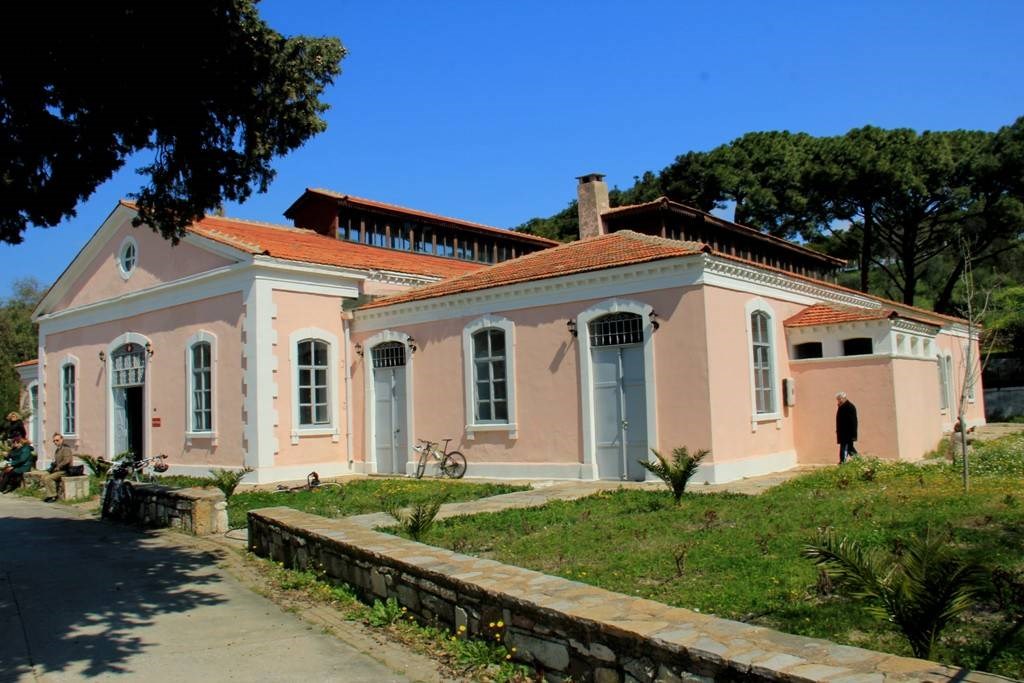
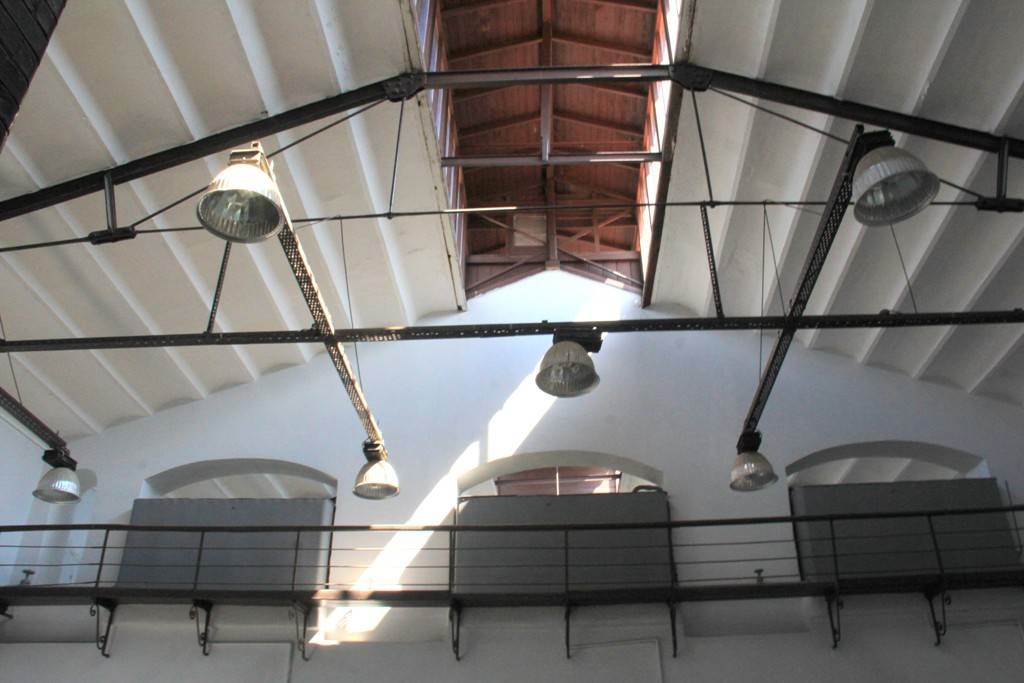
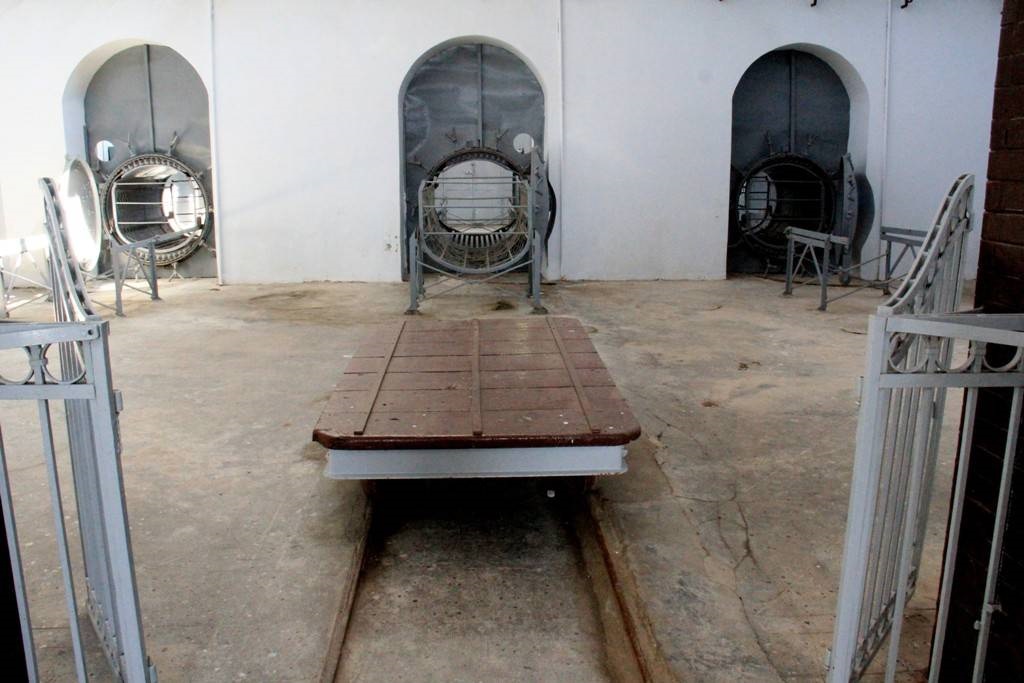


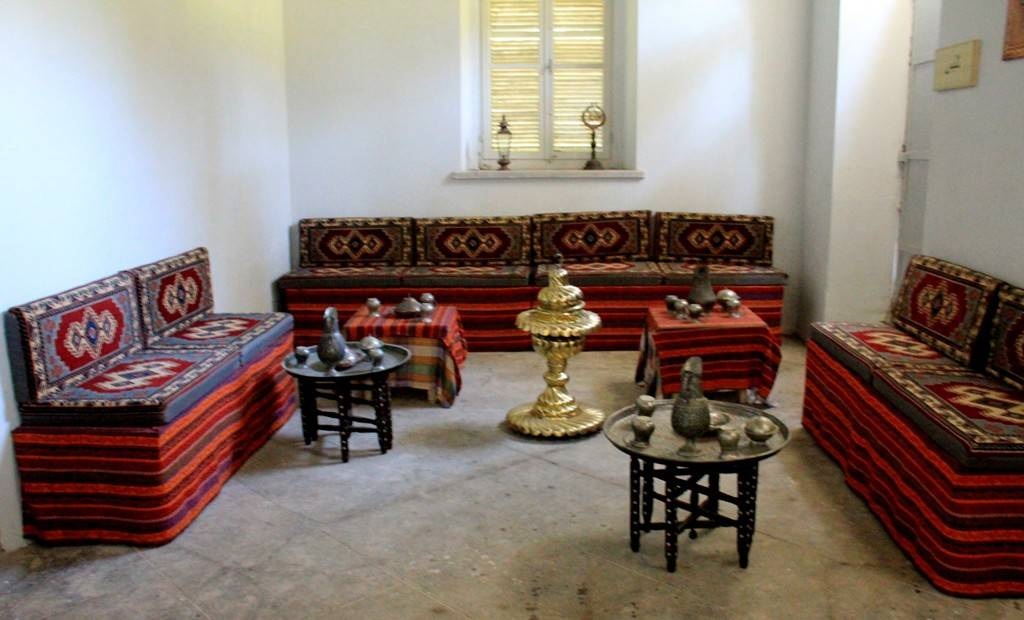
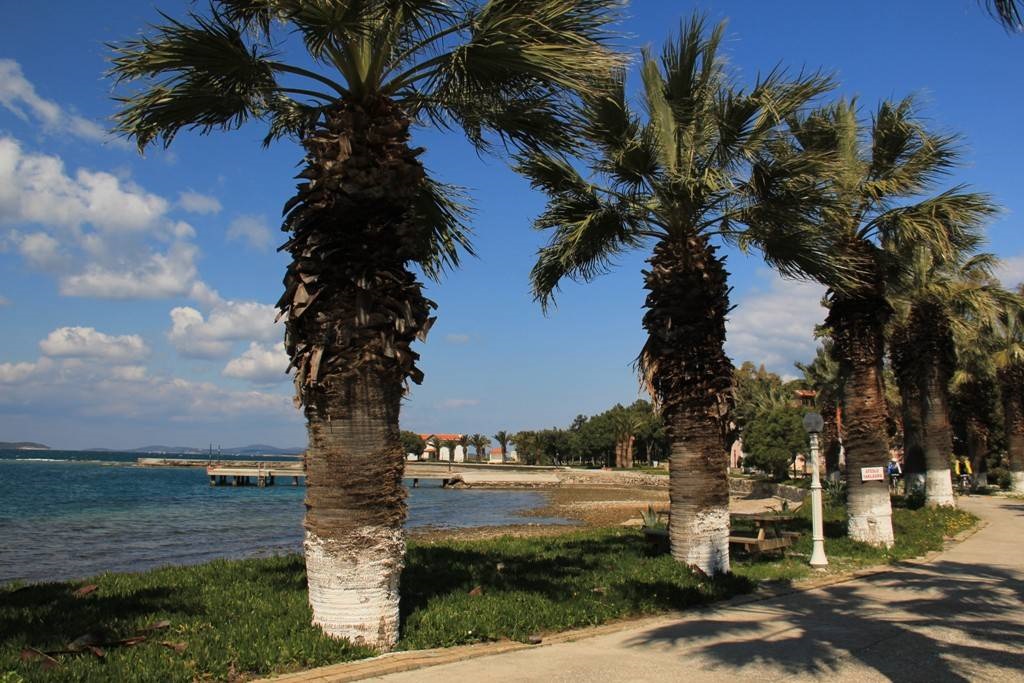




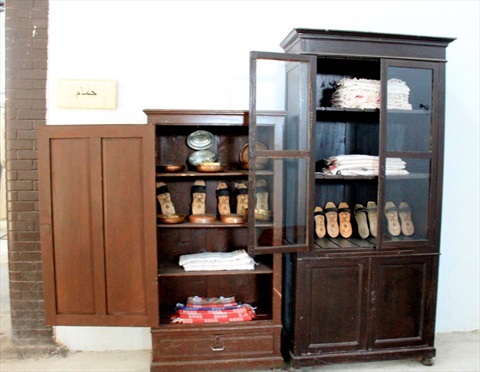
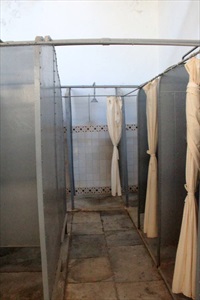




Comments
No comment left, would you like to comment?